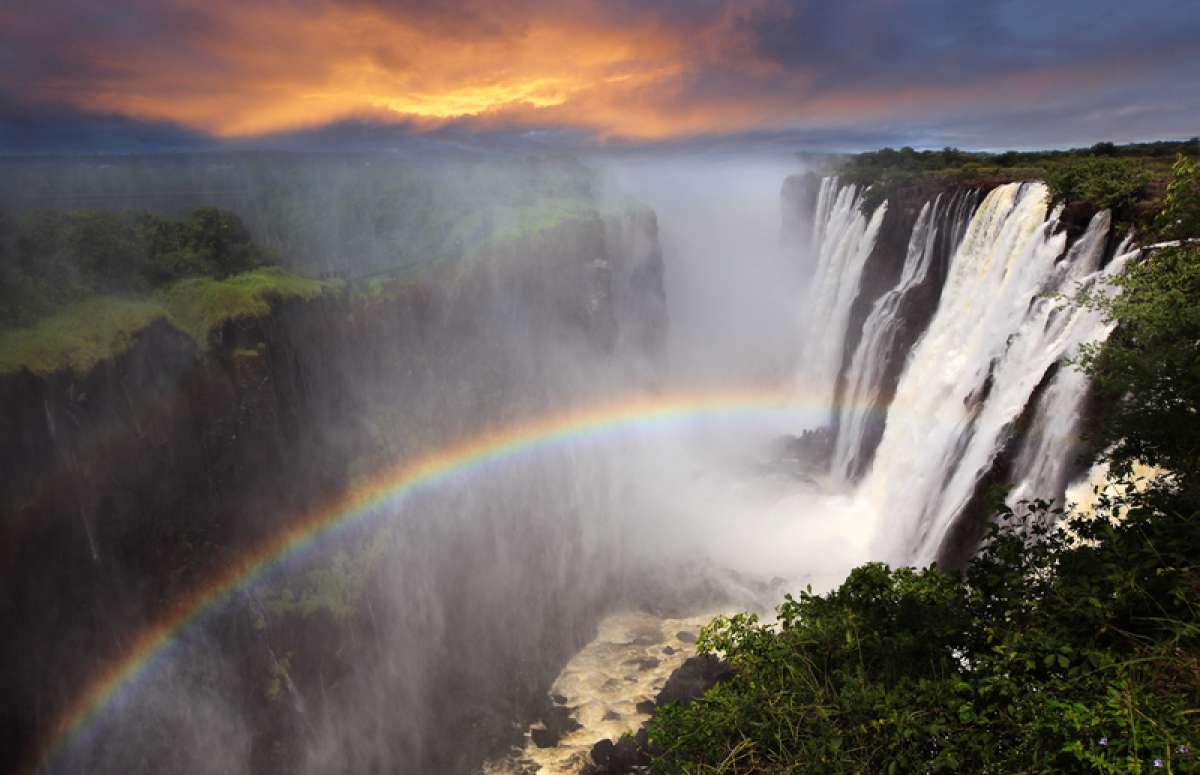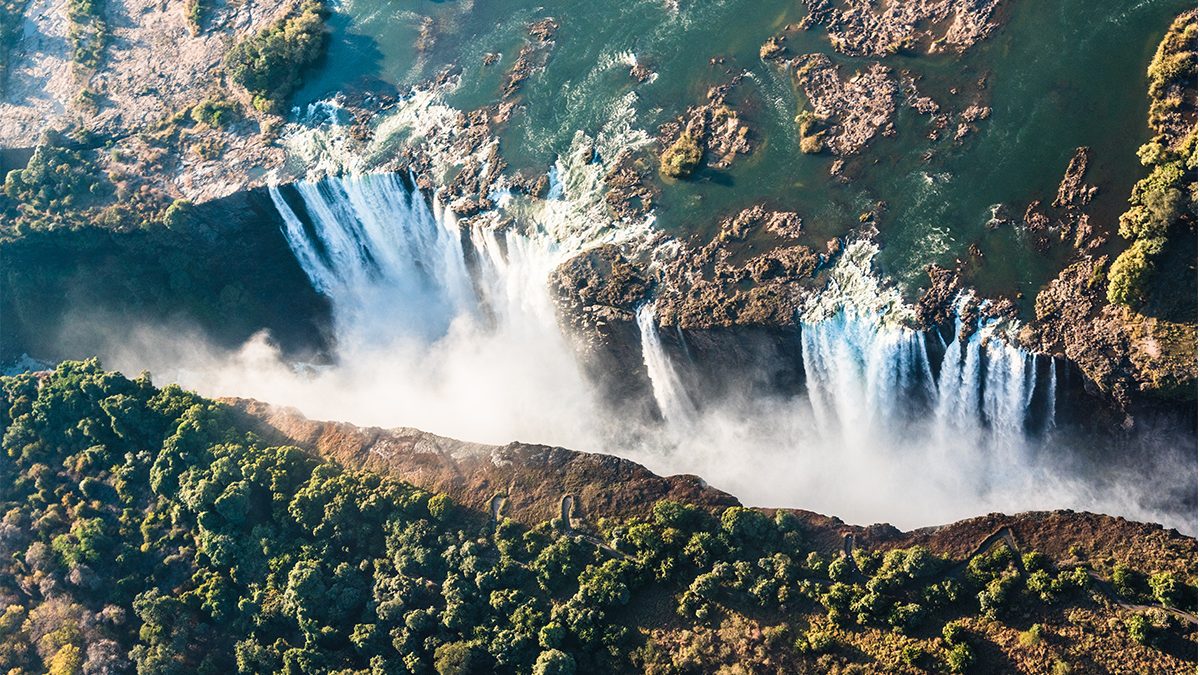Alright, so I’d been mulling over a trip to Victoria Falls for ages. You see it in pictures, you hear the stories, and you think, “Yeah, gotta see that.” But then comes the kicker: when exactly is the “best time” to go? Lemme tell ya, figuring that out was a whole journey in itself.
My Initial Confusion – Everyone Said Something Different!
I started digging around, you know, asking folks who’d been, reading stuff online. And honestly? It was a bit of a mess. One person would say, “Oh, you absolutely MUST go in April, the water’s insane!” Then another would pipe up, “No way, April’s a washout, you can’t see a thing for the spray, go in October!” It felt like everyone had a wildly different opinion. It was like trying to pick the “best” ice cream flavor – totally depends on what you like, right?

I realized pretty quick that there’s no single magic answer. It’s not like booking a beach holiday where you just want sun. The Falls change, like, dramatically through the year. So, I had to figure out what I wanted from the experience.
Breaking Down the Seasons – What I Learned
So, I started to really look at the two main “phases” people talked about: high water and low water. And this is kinda what I pieced together from all the chatter and my own thinking:
- High Water Season (roughly February to May, peaking around April): This is when the Zambezi River is absolutely thundering. They say the sheer volume of water is mind-blowing. You can hear it from miles away, apparently. The spray, or “Mosi-oa-Tunya” – The Smoke that Thunders – is massive. Sounds epic, right? But then I heard the downside: sometimes the spray is so intense, you can barely see the actual rock face of the Falls. You get drenched, sure, which could be fun, but if your main goal is to get those postcard photos, maybe not ideal. And some activities, like the Devil’s Pool, are a definite no-go.
- Low Water Season (roughly August to January, lowest around October/November): This is when the water volume drops. The plus side? You get much clearer views of the actual geological formation. You can see the full width and depth of the gorge. This is also when you can do stuff like visit Livingstone Island and take a dip in the Devil’s Pool, right on the edge. Sounds terrifyingly cool. The downside some folks mentioned? It might not feel as “mighty” or “powerful.” Some parts of the Falls, especially on the Zambian side, can dry up quite a bit.
Then there are the shoulder months, kinda in between. Like June and July, when the water is still pretty impressive but the spray is less of an issue. Or December/January, when the rains are starting and things are greening up, but the water levels aren’t at their peak yet.
So, What Did I “Decide”? (My Personal Takeaway)
After going back and forth, I kinda landed on a personal preference, or at least what I’d aim for if I was booking tickets tomorrow. For me, I think the late high water to early receding water period, say May to July, started to sound like the sweet spot. My thinking was, you still get a really powerful show of water, a proper “OMG” moment, but the visibility would hopefully be better than at the absolute peak of the flood. The weather’s also generally pretty good then – dry and cooler.
I wasn’t super fussed about the Devil’s Pool, to be honest. Brave, yes, but not my main draw. I wanted to see the Falls in their glory, feel the power, but also, you know, actually see them. I heard that white-water rafting is also pretty wild during the higher water levels, though it transitions to different rapid classes as the water drops.
Someone told me that if you really want to see the raw rock and the gorge, then yeah, October or November is your time. But for that iconic, thunderous experience without being completely blinded by mist, I leaned towards that earlier mid-year window.

A Bit About the Zimbabwe vs. Zambia Side
Another thing I picked up was that the Zimbabwe side tends to have water flowing more consistently year-round, especially when water levels are lower. The main falls are wider there. The Zambian side offers some super close-up perspectives and access to things like Livingstone Island when water levels permit. So, the “best time” might also depend on which side you’re focusing on, or if you plan to see both (which most people seem to recommend if you can).
My Final Thoughts After All That Head-Scratching
Look, if I learned anything, it’s that you gotta figure out what your priority is. Do you want the most water possible, even if you can’t see much? Go in April. Do you want to swim on the edge and see the bare rock? Aim for October. For a bit of both worlds, with good flow and decent views, maybe that May-July window is the one.
It’s not a simple answer, and anyone who tells you “Month X is THE ONLY time” probably just had a good trip then and assumes it’s the same for everyone. Do a bit of digging based on what you wanna get out of it. That’s what I did, and it helped me cut through all the noise.